Leather Trunk
Spain, 17th century
Boiled leather (cuir bouilli), wood, iron
22 × 53 × 32 cm
Provenance: Collection Metz-Noblat, Château de Clevant, France
This rectangular trunk, of the size and form of a small suitcase, is constructed of wood covered with thick cowhide, worked in cuir bouilli (boiled leather) and fitted with wrought-iron hinges and a lock-plate. Every surface is richly ornamented in low relief with interlace patterns and zoomorphic motifs.
The technique of cuir bouilli—boiled leather—was employed to transform flexible, vegetable-tanned hides into rigid, moulded forms. Though no medieval textual sources describing the method survive, the studies of leather historian John William Waterer have reconstructed its likely procedures: leather was moistened and heated to become supple, then shaped, stuffed, and nailed over a rigid wooden support. Beeswax or stearin wax may have been used for modelling. Decoration was achieved by incision through the upper epidermal layer with knives and needles of various thicknesses while the leather remained moist, creating contour lines, fine detail, and stippled textures. Once dry, the surface hardened into durable relief.
The decoration of this trunk displays roundels of foliated scrolls enclosing animals—lions, peacocks, and other creatures—set within a dense web of arabesques. The vegetal arabesques and geometric interlace derive ultimately from the pre-Islamic artistic traditions of the Byzantine and Sasanian empires, later developed in Islamic ornament. The symmetrical repetition and mirror-like balance of the motifs create an impression of harmony and luxuriance.
The stylised birds, especially the peacocks, introduce paradisiacal associations. In Islamic literature, the peacock was considered an inhabitant of the Garden of Paradise, later adopted in Christian iconography as a symbol of immortality and the Resurrection.
Seventeenth-century Spanish leatherworkers, renowned for their gilded wall hangings (guadamecíes), also produced utilitarian objects such as coffers and trunks. This example is closely related to a Spanish cuir bouilli trunk preserved in the Metropolitan Museum of Art, New York (inv. 09.158.1).
This piece is a particularly rare survival, remarkable for the fine quality of its decoration and for its exceptional state of preservation, having been carefully kept for centuries within a castle environment.
Bibliography:
- Davies, L. Cuir bouilli. In Conservation of Leather and Related Materials, 94–102. Oxford: Elsevier Butterworth-Heinemann, 2006.
- Grabar, Oleg. The Mediation of Ornament. Princeton: Princeton University Press, 1992.
- Germana Roquez, Gabriela. “El mueble en el Perú en el siglo XVIII: estilos, gustos y costumbres de la elite colonial.” Anales del Museo de América 16 (2008): 189–206.
- Department of Islamic Art. “Vegetal Patterns in Islamic Art.” In Heilbrunn Timeline of Art History. New York: The Metropolitan Museum of Art, 2000–. https://www.metmuseum.org/toah/hd/vege/hd_vege.htm


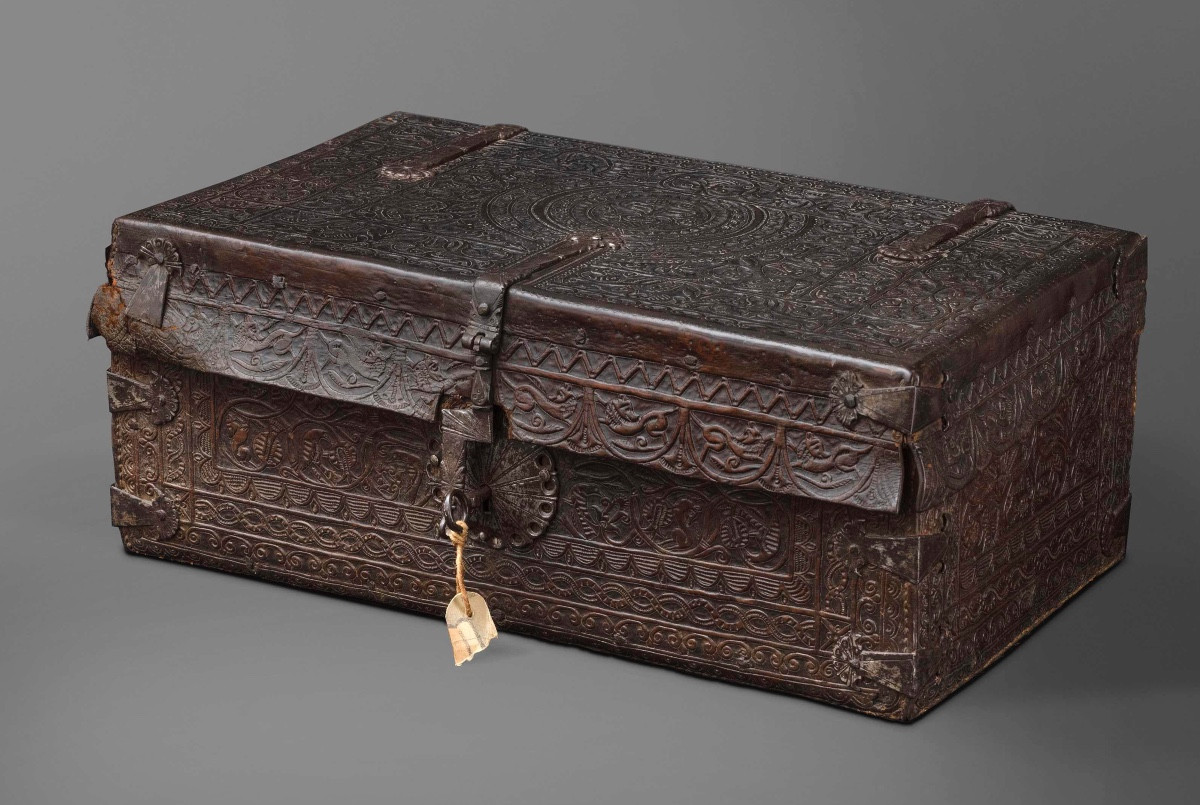
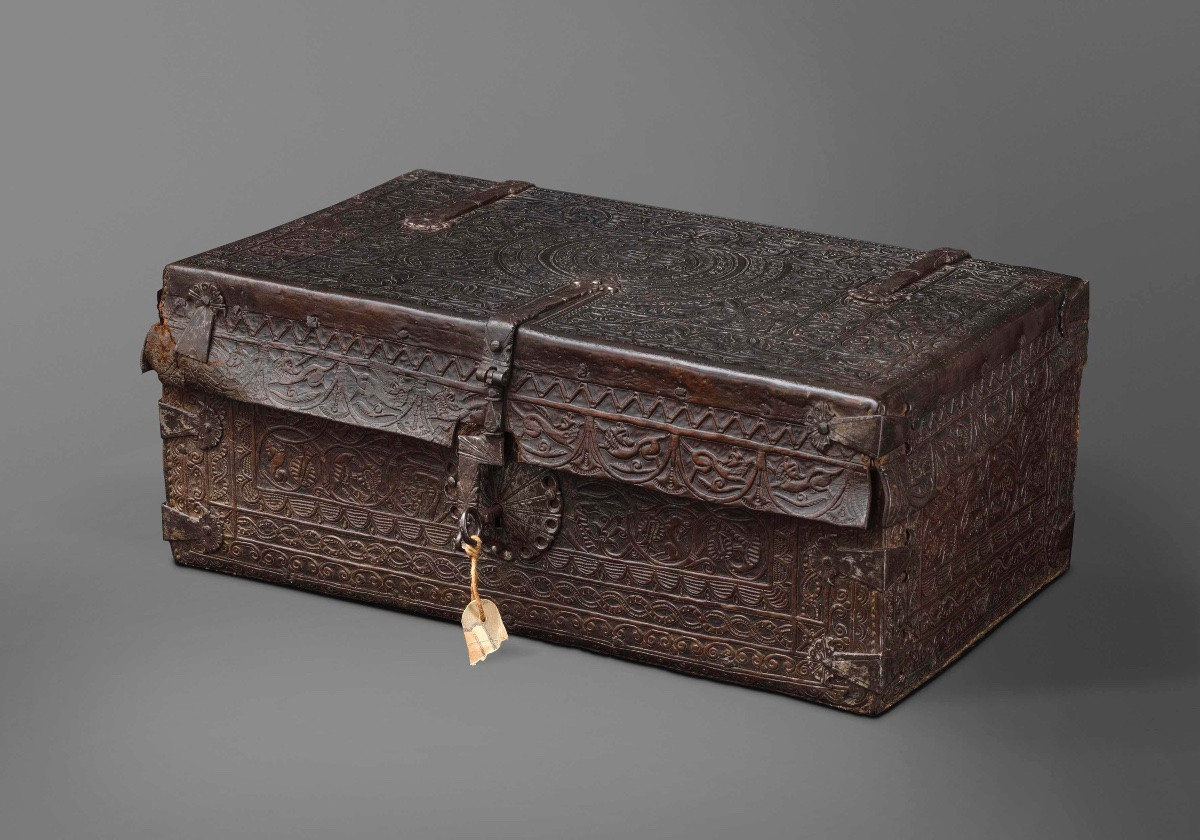
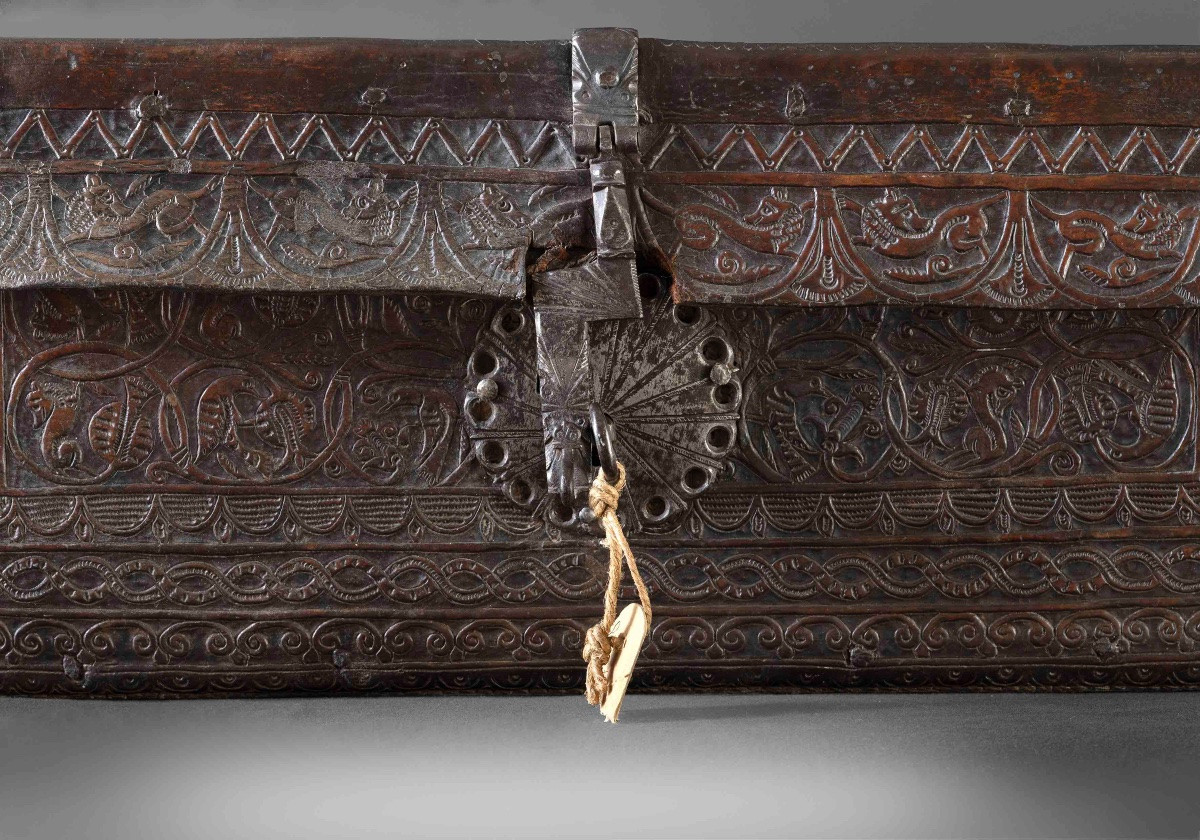
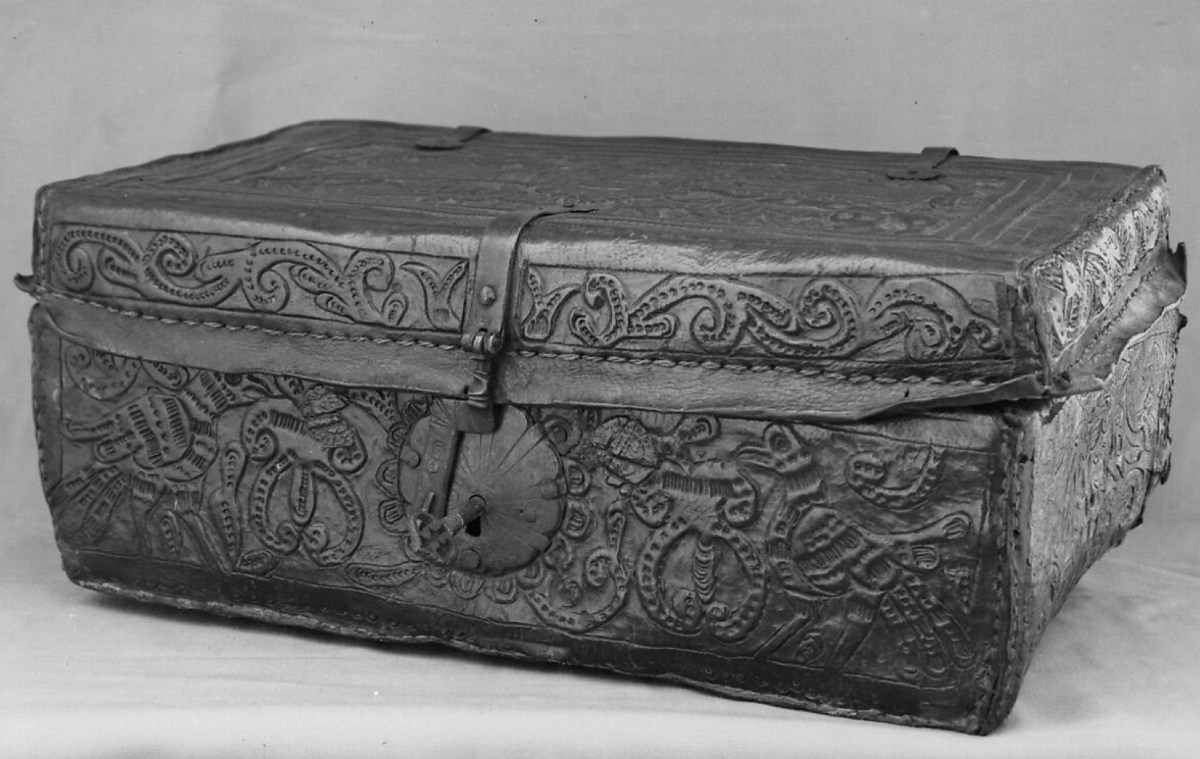





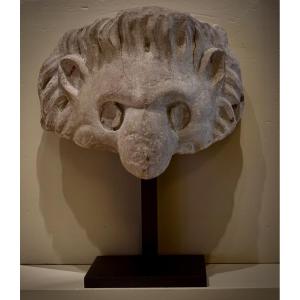
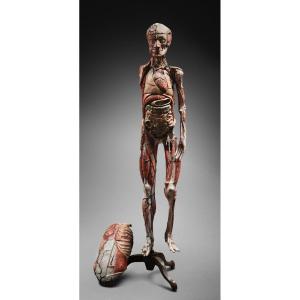

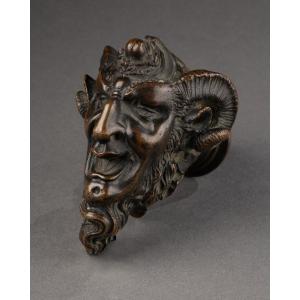

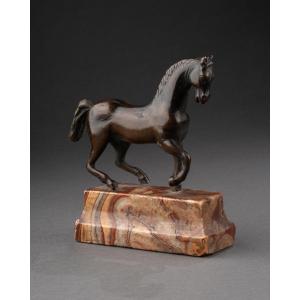
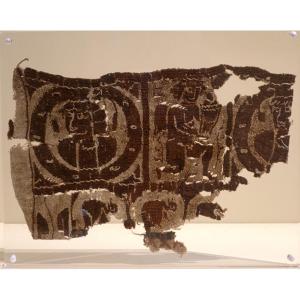
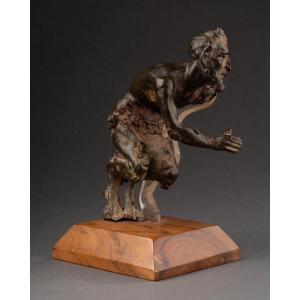
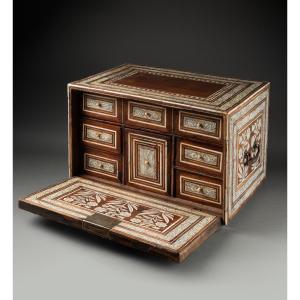
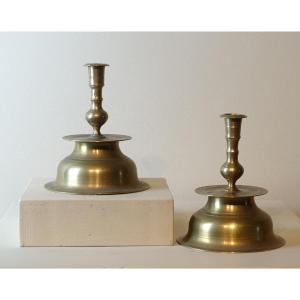
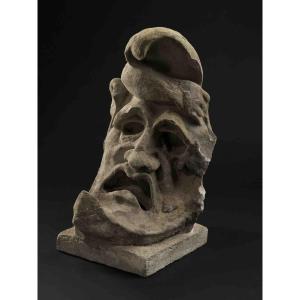

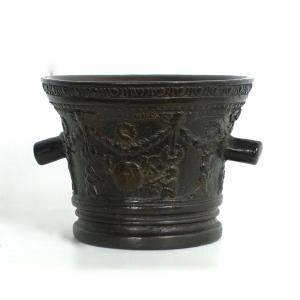

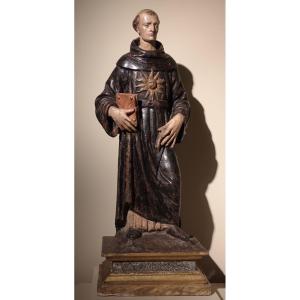
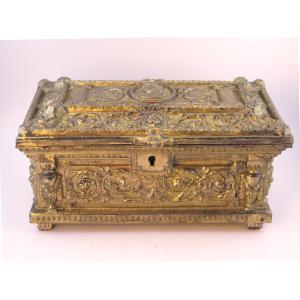



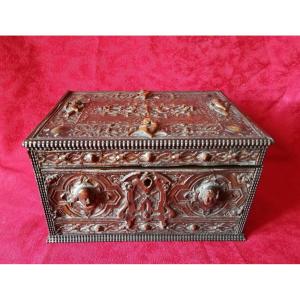



 Le Magazine de PROANTIC
Le Magazine de PROANTIC TRÉSORS Magazine
TRÉSORS Magazine Rivista Artiquariato
Rivista Artiquariato